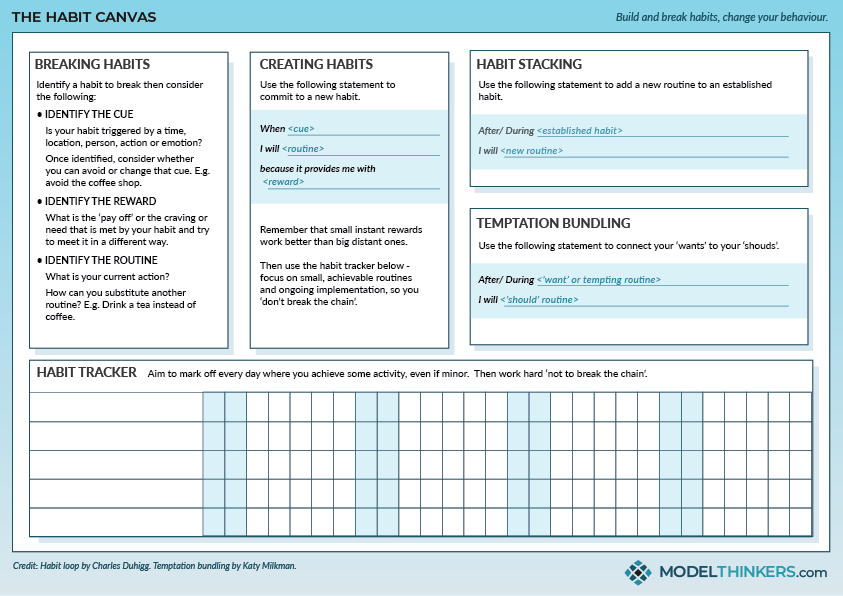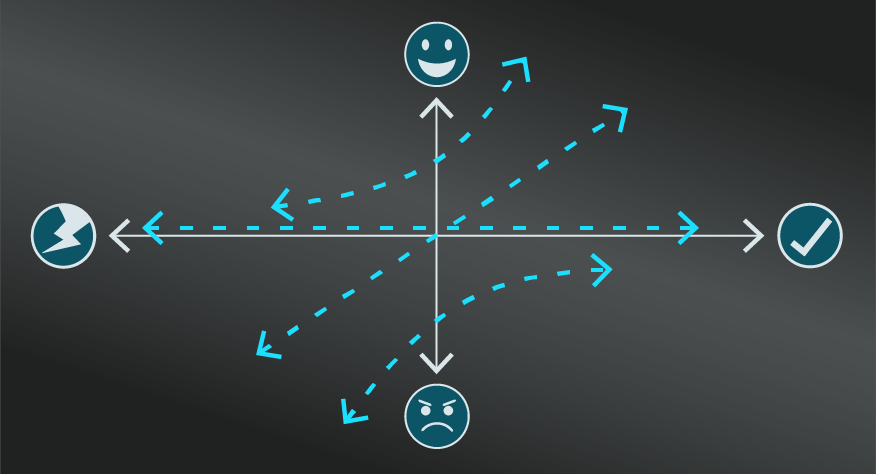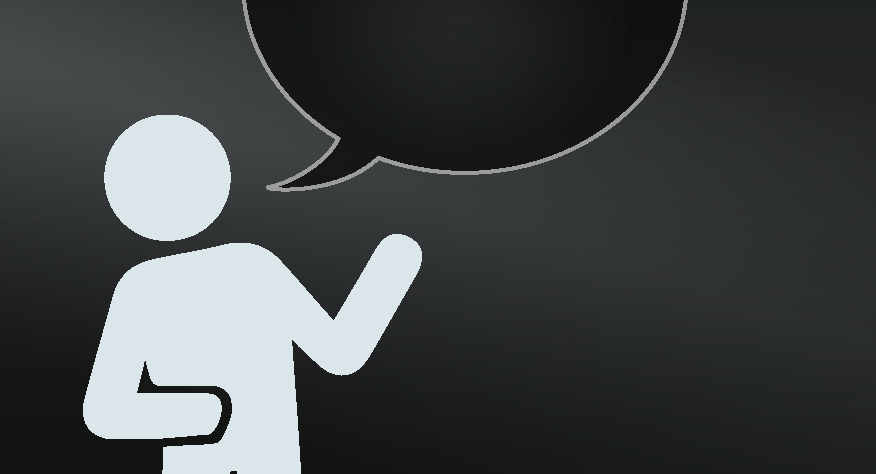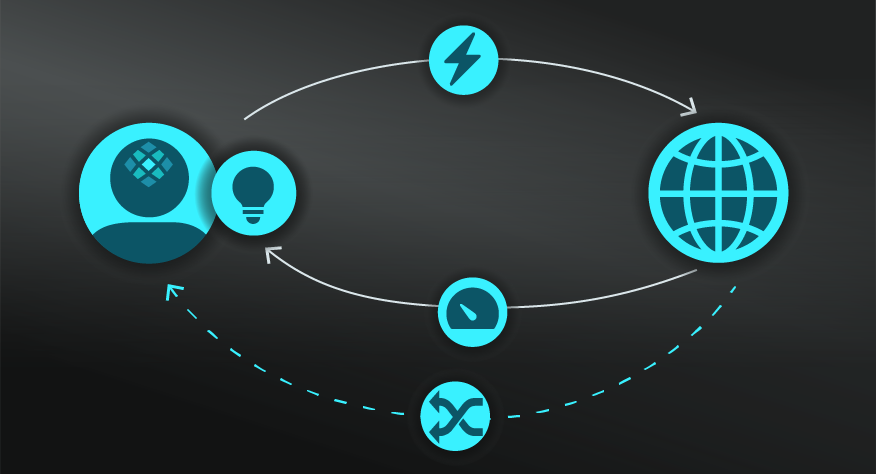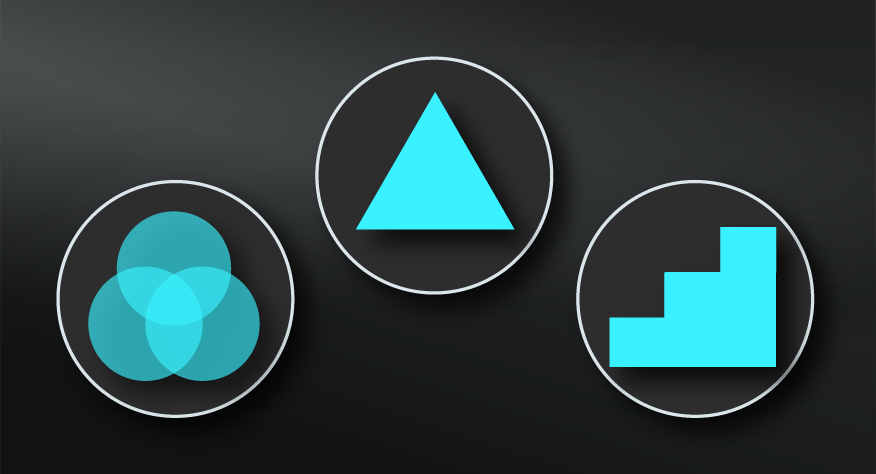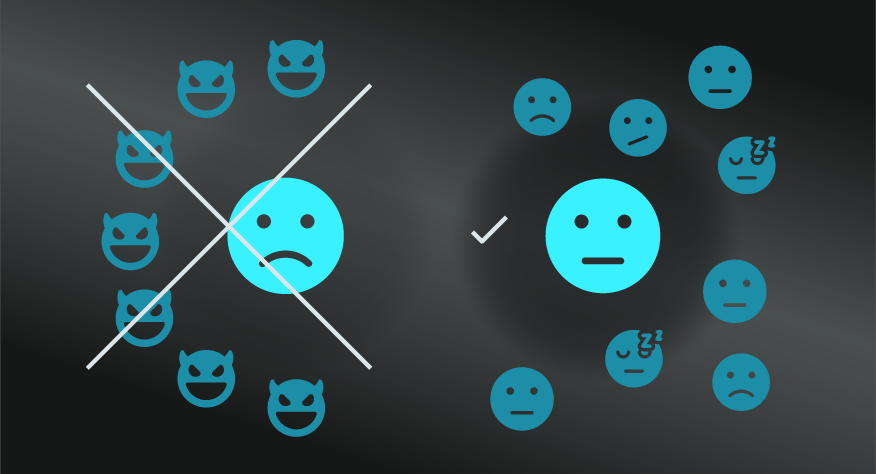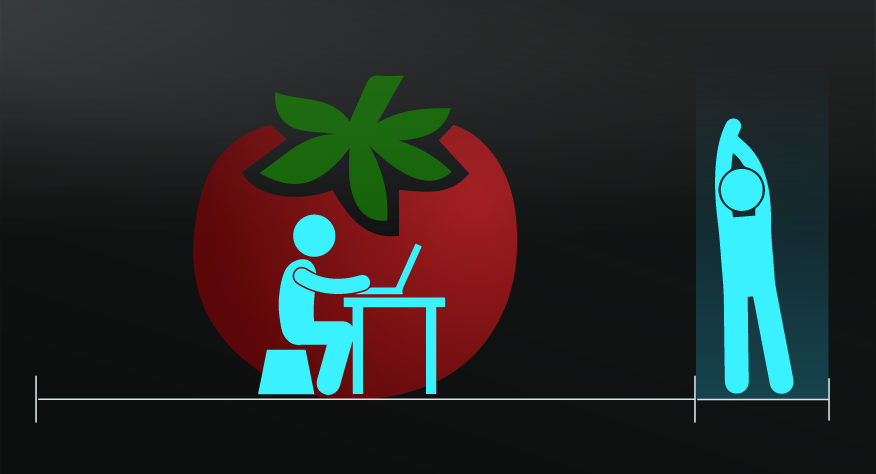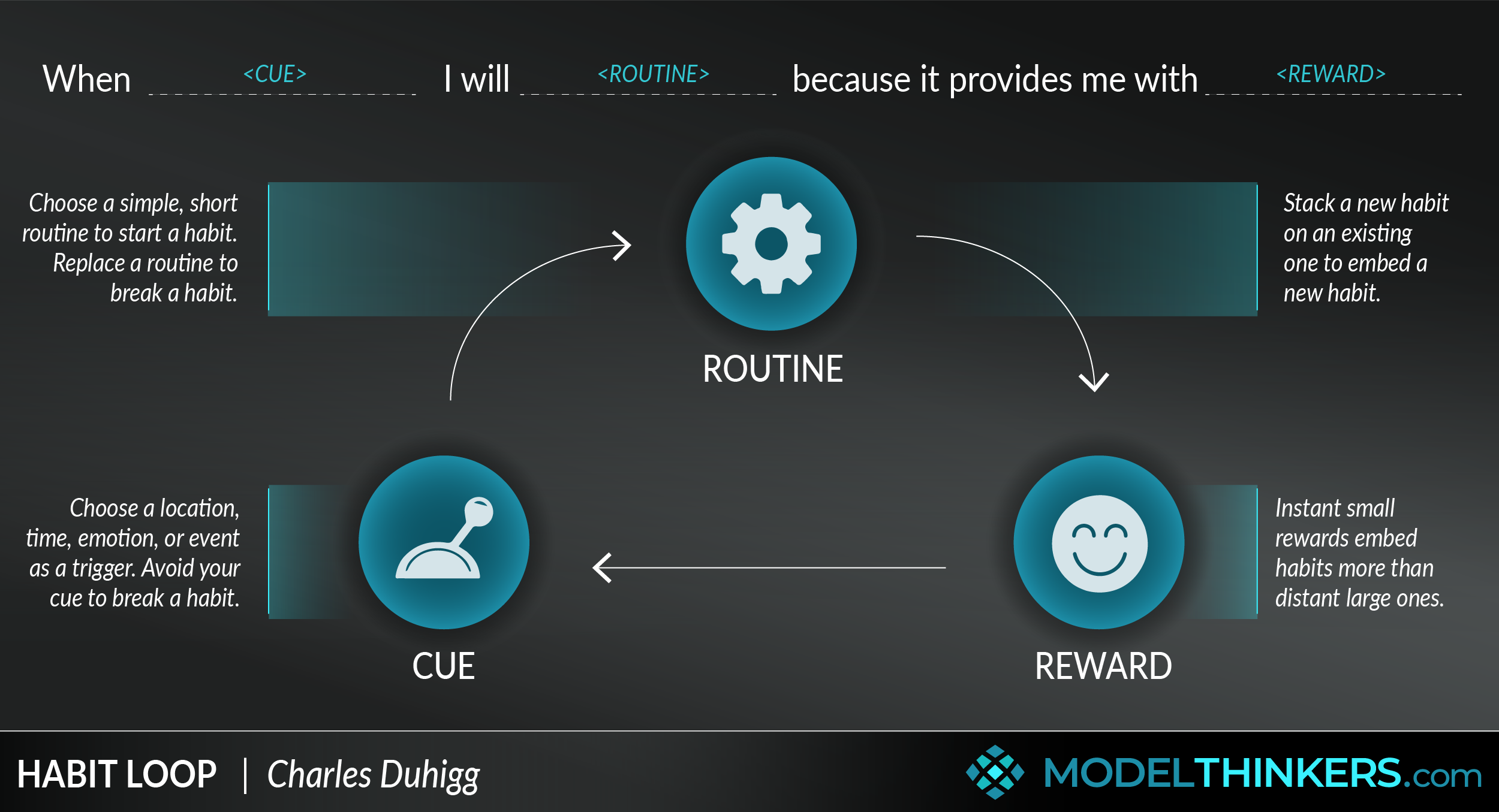
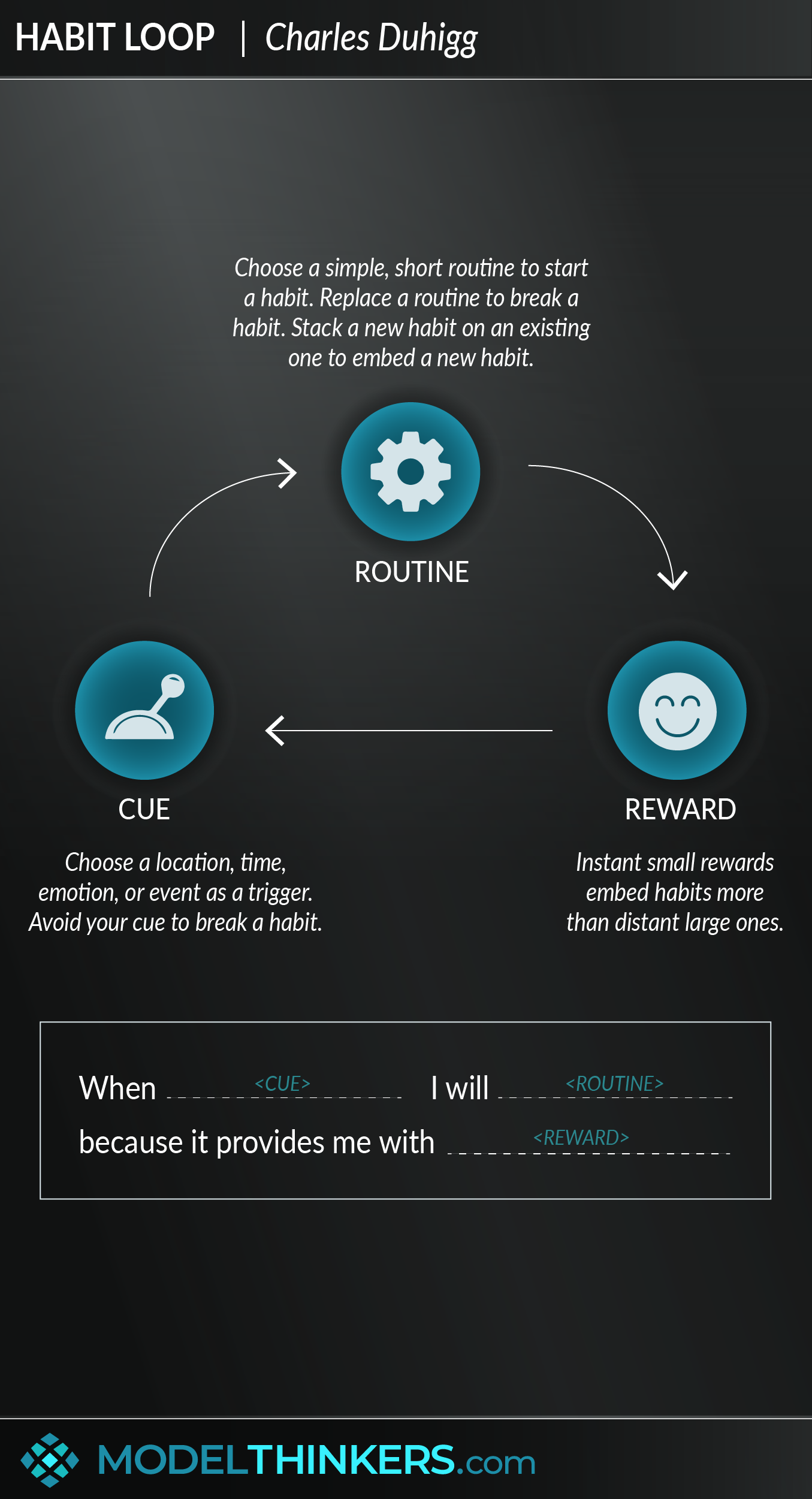
 0 saved
0 saved
 55.3K views
55.3K views








This is an incredibly powerful model that's easy to understand and challenging to implement. Our understanding of behavioural economics, via models such as Fast and Slow thinking, has demonstrated that we are essentially on 'autopilot' for most of our lives. So, the question is, are you using your autopilot for goodness or evil?
The Habit Loop consists of a cue, routine and trigger and understanding each element empowers you to break existing habits and establish new ones.
ELEMENTS IN MORE DETAIL.
Habits are complex and personal, yet the habit loop provides a high-level model to understand consistent elements, namely:
- Cue: the trigger or factor that initiates the habit, this might include a location, time, emotional state, other people or the immediately preceding action.
- Routine: this is the behaviour that occurs almost automatically when prompted by the cue and might be considered as desired or detrimental.
- Reward: the payoff or positive reinforcement that occurs as a result of the routine and meets a craving behind your action.
For example: 'when I get stressed (cue), I eat chocolate (routine), and I feel better (reward)'.
BUILDING, BREAKING OR STACKING.
The Habit Loop can be applied to break, add or stack habits, here are some tips and examples for each.
| ACTION | TIPS | EXAMPLE |
| Break a habit |
Breaking an existing habit first involves identifying the cue/ routine/ reward.
|
Avoiding the cue might involve taking a different route to work to avoid a coffee shop if you are breaking a coffee habit. Substituting routine might involve drinking kombucha in a wine class at dinner rather than red wine. |
| Create a new habit |
Creating a new habit involves identifying a regular, reliable cue and crafting an impactful reward.
|
An example of a small instant reward might be cheering yourself after a successful new habit. It feels like nothing, but that simple acknowledgement if immediate can help embed a habit.
|
| Stack a habit |
Habit stacking has similarities to Temptation Bundling, and involves adding new habits to your existing ones.
|
Want to develop a habit of reflecting on the day and thinking how you can improve? If you currently have a habit of drinking coffee in the morning, you can habit stack by asking reflective questions while you drink your coffee. |
Be sure to use the Habit Canvas download for more on each of these.
IN YOUR LATTICEWORK.
Habit Loops have a close relationship to Temptation Bundling and Systems vs Goals. Also, consider combining your approach with nudges using the EAST Framework which takes advantage of the same cognitive 'automatic pilot' as established in Fast and Slow Thinking. You can also explore more about how you shift behaviour with the COM-B & Behavioural Change Wheel.
Research by B.J Fogg, in particular, has shown the impact of 'tiny habits', leveraging Hyperbolic Discounting, that is embedding new habits are most effective with small, immediate rewards over distant larger ones. Consider how to use the Habit Loop to develop a Chain Reaction for greater impact — or inversely, use the Chain Rection to reinforce Habit formation using the 'don't break the chain method'.
Finally, if you're not sure which habit to start building, consider going with a habit of reflection using the What, So What, Now What framework.




- Use the habit canvas below.
The habit canvas in the toolkit below combines simple techniques to break, create, stack habits as well as temptation bundling and tracking habits using a domino effect inspired approach.
- Identify your habits - both negative and positive.
Be aware of your automatic behaviours, both positive and negative. Apply the habit loop to understand common cues, routines and rewards in your daily routine. Then consider which you want to break, which you wish to adapt and what new habits you want.
- Break habits by avoiding the cue.
Though often not an option, one option to break a habit involves avoiding the cue. For example, don’t want to buy that morning coffee? Take a route to walk that avoids cafes.
- Break habits by substituting the routine.
If you want to shift a habit consider tweaking the routine rather than fighting it all together. For example, want to drink less alcohol? If you tend to drink while eating dinner, substitute your drink with a non-alcoholic alternative.
- Experiment with rewards.
Rewards ultimately satisfy a craving that drives behaviour. Try to consider the rewards behind your current habits and how you might shift them.
- Focus on immediate, small rewards.
Immediate rewards, no matter how small, tend to be more effective drivers than larger more distant goals.
- Consider ‘tiny’ habits.
B.J. Fogg recommends focusing on building tiny habits and building on them. Want to get fitter? Do 3 push-ups (routine) after you go to the toilet (cue), and reward yourself by throwing a coin into a fund for a nice dinner (reward).
- Try habit stacking by adding routines.
Rather than simply creating new habits from scratch, when you identify an existing habit consider how to build new desired routines over the top of it. For example, if you want to build a habit of learning mental models using the ModelThinkers ‘learn’ function, you could identify an existing habit — e.g. your afternoon cup of coffee, then stack your new habit over the existing one.
In reality, our behaviour and drives are complicated. As a simplified representation, the habit loop might not consider a range of other factors at play which makes it difficult to break or establish habits.
Habits are incredibly powerful, but breaking, designing or controlling them can be very challenging. For example, understanding and interrupting a craving behind a reward might stray into issues of addiction and other dependencies which are obviously very complex to shift.
Make your bed in the morning.
This 2014 commencement speech by Admiral William McRaven argued that people should develop a habit of making their bed in the morning to initiate a chain reaction of positive behaviour. Note - we also used this example in the chain reaction mental model.
McRaven explained: “If you make your bed every morning you will have accomplished the first task of the day. It will give you a small sense of pride, and it will encourage you to do another task and another and another. By the end of the day, that one task completed will have turned into many tasks completed.”
The habit loop is a powerful model that can be used to implement and incorporate countless other models into your routine.
Use the following examples of connected and complementary models to weave the habit loop into your broader latticework of mental models. Alternatively, discover your own connections by exploring the category list above.
Connected models:
- Fast and slow thinking: the need to design our automatic pilot.
- Temptation bundling: similar approach, leveraging your ‘wants’ to make your ‘shoulds’ happen.
Complementary models:
- EAST framework: another way to take advantage of our ‘automatic pilot’.
- Munger’s latticework: use ModelThinkers to habitually add to your latticework - whenever you read something/ meet someone interesting — ask ‘what mental models have I learnt and might want to use?’ Then add them using the add model button at the top right of this page.
- Deep work: consider incorporating moments of deep work as habit.
- Chain reaction: try to create habits that have a flow on effect, like the ‘make your bed’ example from the in practice section.
The Habit Loop was based on research from MIT and firs captured and popularised by Charles Duhigg in his 2012 book The Power of Habit. Explore Duhigg’s work, including excerpts from his book, on his website here.
Other significant contributors to the science and art of habits include B.J. Fogg, in particular for his work in tiny habits, and James Clear who recently summarised and popularised habit science in his book Atomic Habits.
 My Notes
My Notes
Oops, That’s Members’ Only!
Fortunately, it only costs US$5/month to Join ModelThinkers and access everything so that you can rapidly discover, learn, and apply the world’s most powerful ideas.
ModelThinkers membership at a glance:






“Yeah, we hate pop ups too. But we wanted to let you know that, with ModelThinkers, we’re making it easier for you to adapt, innovate and create value. We hope you’ll join us and the growing community of ModelThinkers today.”
